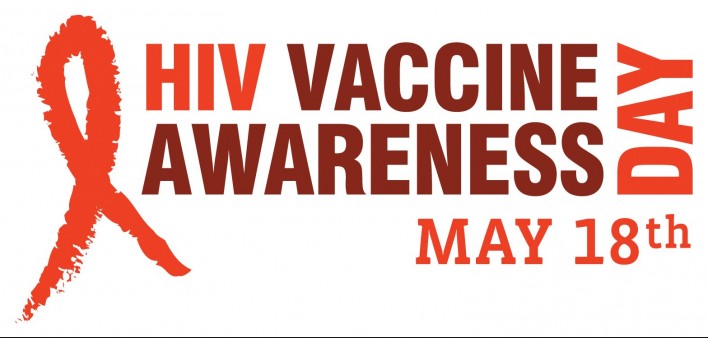Wednesday, May 18, marks the annual HIV Vaccine Awareness Day (HVAD) 2016. Led by the National Institute of Allergy and Infectious Diseases (NIAID), which is part of the National Institutes of Health (NIH), the awareness day offers a chance to acknowledge the progress made in search of a vaccine and to thank those who have volunteered and worked in the effort.
AVAC, a global advocacy group for HIV prevention, created a 2016 HVAD tool kit that explains vaccine science in everyday language. To download colorful infographics like the one below, click here.

Courtesy of AVAC AIDS Vaccine Handbook
“We know that an HIV vaccine is possible and that a vaccine will be an important part of a long-term strategy to end the HIV epidemic,” writes AVAC in the introduction to “HIV Vaccines by the Numbers.” “The road ahead is long, but clinical trials—even those with disappointing results—and early-stage research provide critical clues to the way forward.”
The NIAID published a bulletin summarizing the different vaccine trials over the years. Since the AIDS epidemic began in the early ’80s, an HIV vaccine has eluded researchers, notably because the virus can mutate quickly. Achieving a vaccine remains vital to ending the global pandemic.
Last week, researchers at the NIH announced the discovery of a vulnerable site on HIV that could be a target for vaccines. Specifically, the target is called the fusion peptide.







Comments
Comments